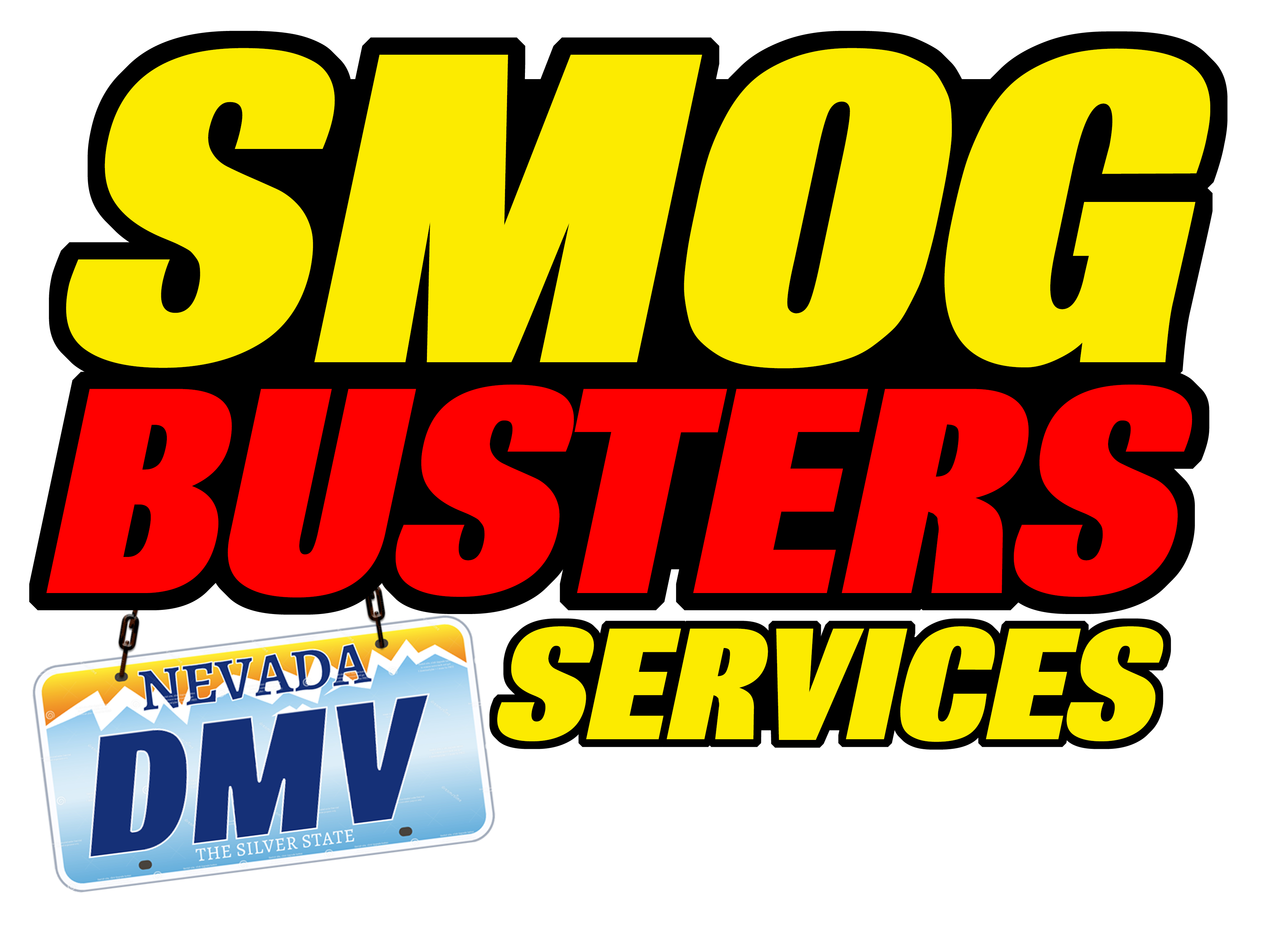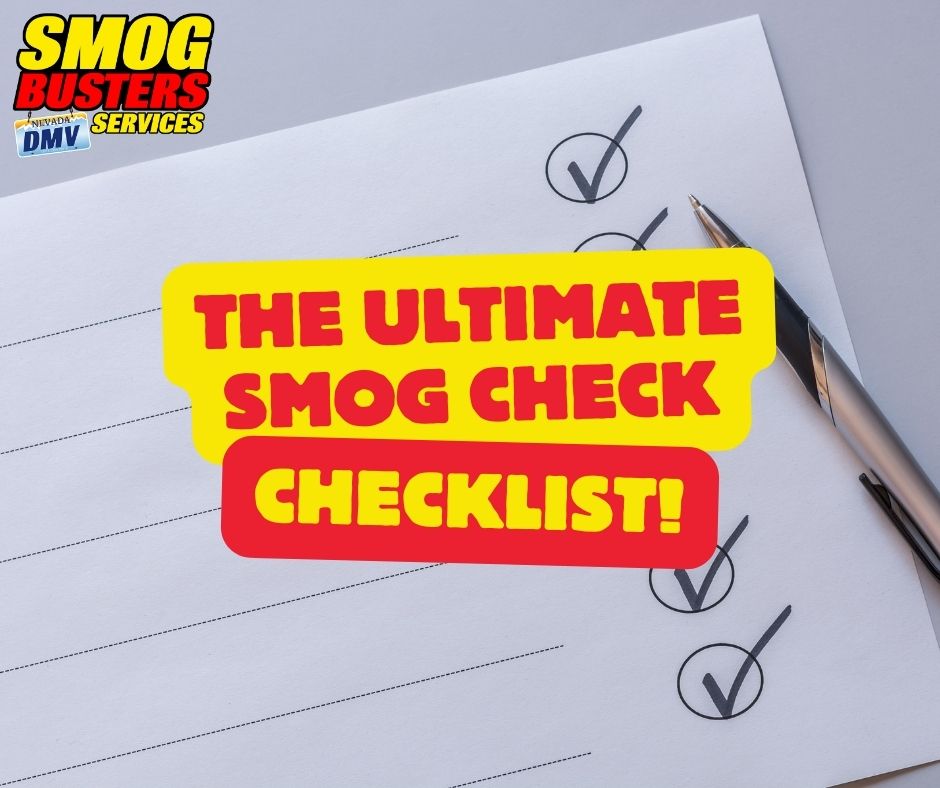
Introduction: The Ultimate Smog Check Checklist: Pass with Flying Colors (and Save Money!)
Is your next smog check looming? Whether you’re a seasoned car owner or a new driver, getting your vehicle ready for this essential test can be daunting. But don’t worry, we’ve got you covered! Our ultimate smog check checklist covers everything you need to know to breeze through the process. We’ll guide you through pre-check maintenance, explain the test itself, and even offer tips to keep your vehicle running clean for the environment and your wallet.
Table of Contents:
- Pre-Smog Check Essentials: Get Your Car Ready
- The Smog Check Process: What to Expect
- Common Reasons for Smog Check Failure: Avoid These Pitfalls
- Maintenance Tips for a Cleaner Ride: Keep Your Car in Top Shape
- FAQ: Your Smog Check Questions Answered
Pre-Smog Check Essentials: Get Your Car Ready

- Maintenance Check:
- Oil and filter change: Ensure your engine is running smoothly.
- Check fluids: Top off coolant, transmission fluid, brake fluid, and power steering fluid.
- Tire pressure and tread: Proper inflation and tread depth are crucial for emissions.
- Air filter: A clean filter helps your engine breathe and burn fuel efficiently.
- Visual Inspection:
- Check engine light: Address any issues causing it to illuminate.
- Gas cap: Make sure it seals properly to prevent fuel vapors from escaping.
- Exhaust system: Look for leaks, holes, or damage.
The Smog Check Process: What to Expect

- Paperwork: Bring your vehicle registration and proof of insurance.
- The Test: The technician will connect your car to a computer to analyze emissions.
- Tailpipe test: Measures pollutants like hydrocarbons, carbon monoxide, and nitrogen oxides.
- Visual inspection: The technician will check for tampering with emission control devices.
Common Reasons for Smog Check Failure: Avoid These Pitfalls
- Faulty oxygen sensor: This sensor monitors your engine’s air-fuel mixture.
- Damaged catalytic converter: This device reduces harmful emissions.
- Worn-out spark plugs: Old spark plugs can cause misfires and increase emissions.
- EVAP system leaks: This system prevents fuel vapors from escaping into the atmosphere.

- Dirty air filter: A clogged filter restricts airflow and affects combustion.
Maintenance Tips for a Cleaner Ride: Keep Your Car in Top Shape

- Regular maintenance: Follow your manufacturer’s recommended service schedule.
- Use high-quality fuel: This helps your engine run cleaner and more efficiently.
- Drive responsibly: Avoid aggressive acceleration and excessive idling.
- Check tire pressure: Properly inflated tires improve fuel economy and reduce emissions.
- Get your car inspected regularly: Catch potential problems early on.
FAQ: Your Smog Check Questions Answered

- How often do I need a smog check? Requirements vary by state and vehicle age.
- Can I do anything to improve my chances of passing? Yes! Follow our pre-check tips and address any maintenance issues.
- What happens if I fail? You’ll have a limited time to make repairs and retest.
- Can I get a smog check waiver? Waivers are sometimes available for certain circumstances, Smog Busters CAN HELP! Call our corporate office at: 702-436-5346 for more information!
FOR SMOG REPAIR INFORMATION: CLICK HERE
Conclusion:

Smog checks are an important part of vehicle ownership, ensuring that our cars are doing their part to keep the air clean. With a little preparation and regular maintenance, you can pass your smog check with confidence and enjoy a healthier, more efficient ride.
Smog Busters Offers Full DMV Services!
For a list of locations and services offered visit NVDMVBUSTERS.COM
Smog Busters Smogs Diesel Vehicles Too!
For more information on Diesel Smogs CLICK HERE!


